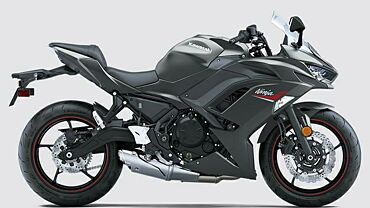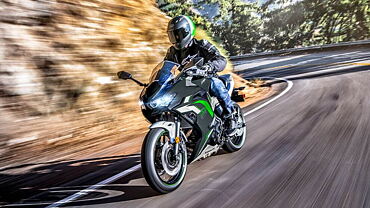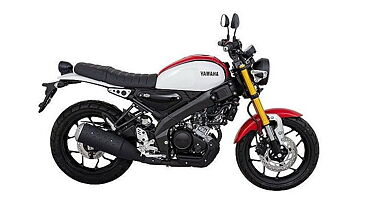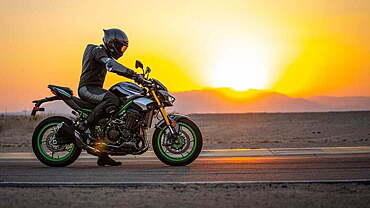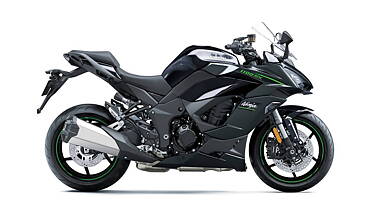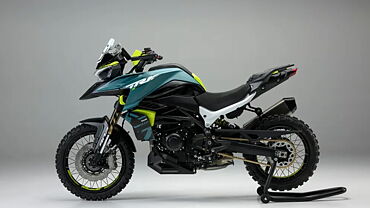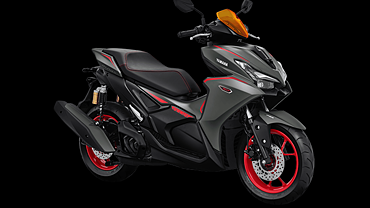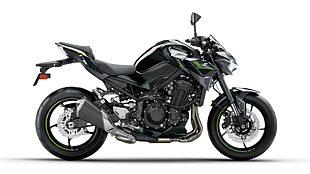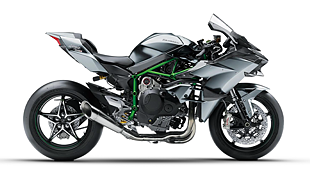
The 2020 Kawasaki Ninja 650 was launched in India in May with a number of updates, besides a cleaner BS6-compliant engine. The middle-weight sport tourer competes against the Honda CBR650R which is likely to receive the BS6 update in the coming weeks. Considering the CBR650R is already a fairly new motorcycle, the BS6 update won’t bring significant changes to the bike. In that case, we compare the 2020 Ninja 650 and the CBR650R in terms of specifications, features and pricing.
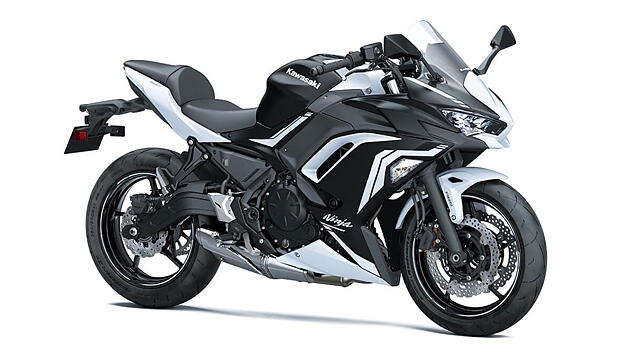
Design
The styling of both the bikes is inspired by their larger, litre-class siblings. For 2020, the Ninja 650 has been bestowed with a more aggressive fully-faired design comprising of a sharp nose fairing with a dual headlamp setup, sculpted fuel tank and a sleek tail section. As for the CBR650R, although it doesn’t look as sharp as the Ninja, it still has an aggressive and sporty appeal, especially with the angry-looking front fascia and angular fairing
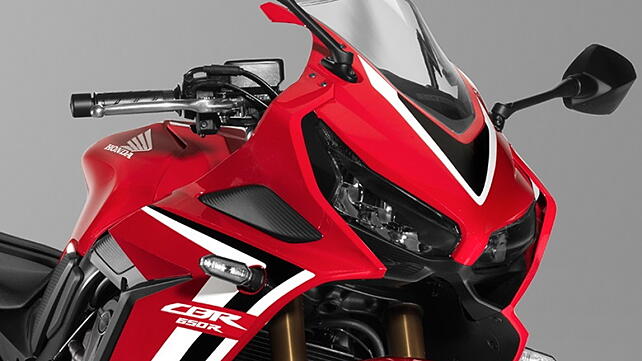
Features
While both offerings incorporate full-LED headlamp and tail lamp, it’s the CBR650R which also gets LED turn indicators, as opposed to the conventional ones on the Ninja. However, the latter more than makes up for that by offering a full-colour TFT display which can be paired with the rider’s smartphone via Bluetooth. Meanwhile, the CBR gets an LCD console and is devoid of connectivity options.
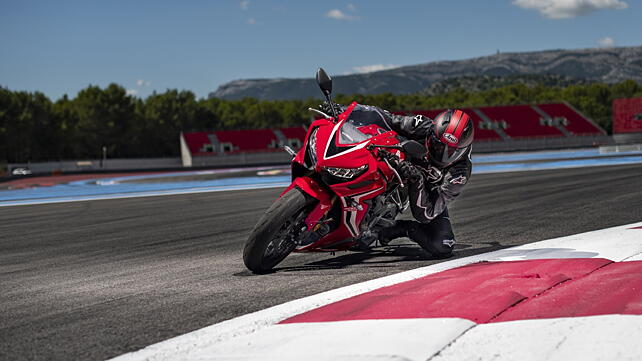
Engine
Although the engine displacement of 650cc is identical for both motorcycles, the CBR650R gets two cylinders extra. The in-line four, liquid-cooled motor of the bike is also much more powerful as it makes 85.9bhp at 11,500rpm and 60.1Nm at 8,000rpm. On the other hand, the parallel-twin mill of the Ninja 650 pumps out 66.4bhp at 8,000rpm and 64Nm at 6,700rpm.
A six-speed gearbox assisted by a slipper clutch is common in both contenders. Notably, the CBR is benefitted by traction control system which the kwacker loses out on. Now, despite churning out lesser horses, the Ninja, weighing at 196kgs, is around 14kgs lighter than the CBR.
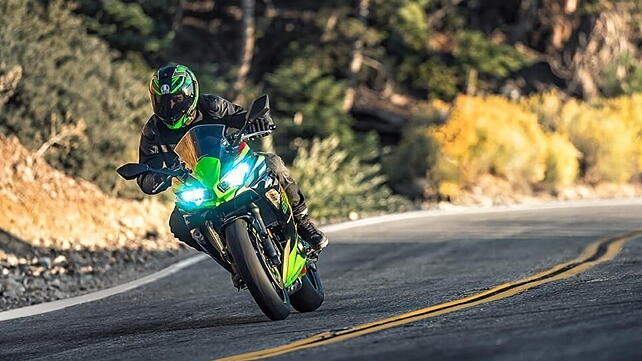
Cycle parts
Starting with the Honda, it is underpinned by a diamond-type chassis which is suspended by 41mm upside down forks up front and a monoshock at the rear. Braking setup comprises of dual disc at the front and a single disc at the rear which are bit by Nissin calipers. As for the Kawasaki, it is based on a steel trellis frame along with telescopic forks and a monoshock. The disc brake setup is the same as that of the CBR but with a slightly smaller diameter. Furthermore, both bikes feature dual-channel ABS as standard.

Pricing
Kawasaki has priced the 2020 Ninja 650 quite aggressively at Rs 6.24 lakh which is a minimal premium over the previous model. The fact that the bike is locally manufactured largely helps in pricing it attractively. Meanwhile, the Honda CBR650R BS4 was on sale with a hefty price tag of Rs 7.70 lakh which is likely to increase with the BS6 update (both prices are ex-showroom).

![Kawasaki Ninja 650 [2020-2021] Image Kawasaki Ninja 650 [2020-2021] Image](https://imgd.aeplcdn.com/272x153/bw/models/kawasaki-ninja-650-2020-standard20200512023950.jpg?q=80)


